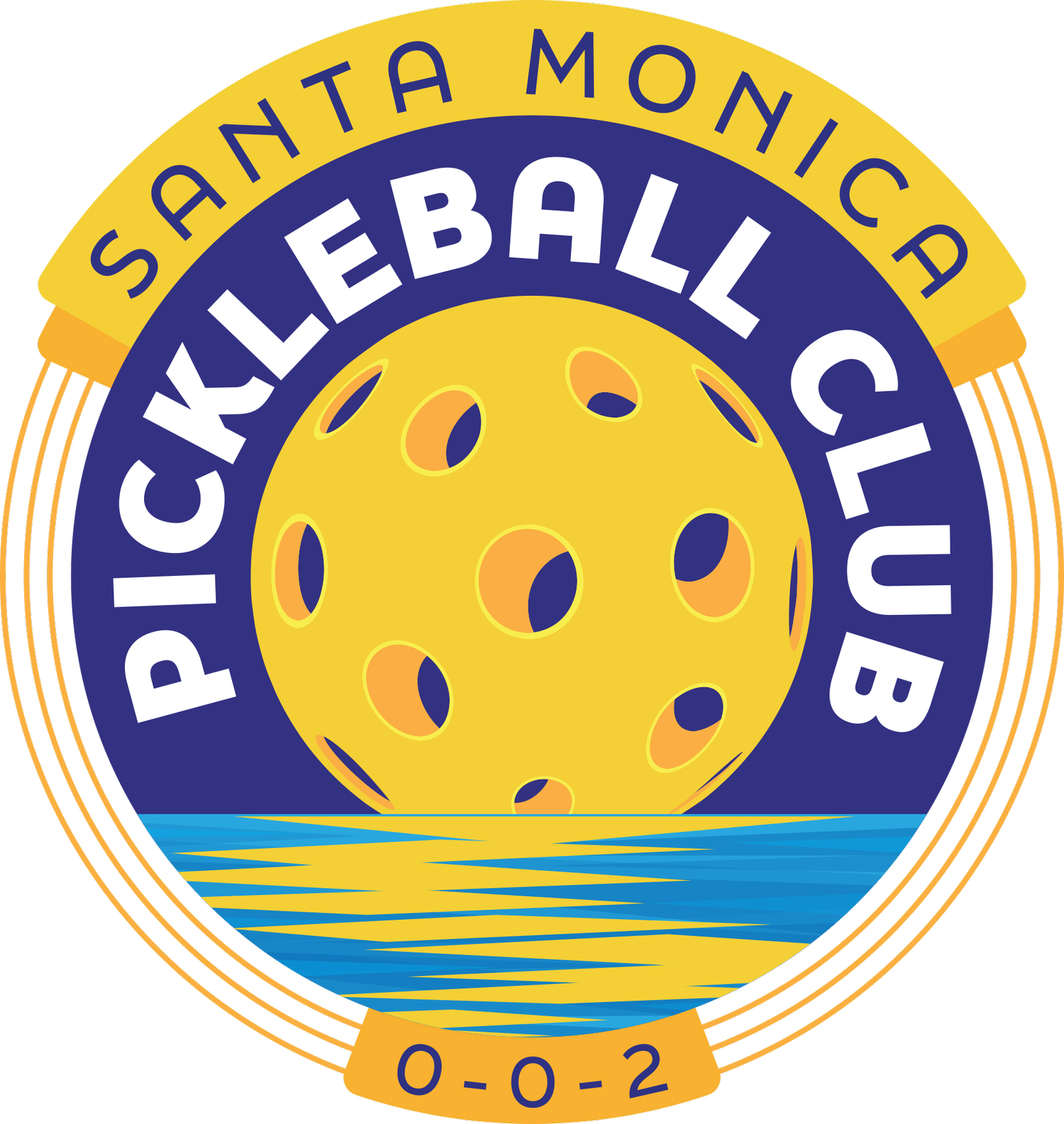
OFFICIAL USAPA RULES
THE TEN MUST KNOW PICKLEBALL RULES FOR BEGINNERS
You must use an underhand serve and the ball must travel crosscourt into the opposite serving area. There are various rules on serves that are not “drop” serves (ball must be hit below your belly button, your arm must be moving in an upward arc and the highest point of your paddle head must be below the highest part of your wrist), so if you are beginning you might try the drop serve. The only requirement for a drop serve is that you “drop” the ball without propelling it down and hit it after it bounces.
There is a two-bounce rule (or 3 hit rule). The ball is served, and the ball must bounce before you return the serve, and it must bounce before the serving team returns the ball. After that you can volley (hit the ball in the air).
The first side to serve in doubles only has one service turn (serve until the serving team loses a rally.) Then each side has two service turns (each player serves until they lose a rally.)
Only the serving team can score points (unless rally scoring) and you switch sides with your partner after each point won.
The server should call the score loudly before each serve.
No volleys are allowed if you are making contact with the ball in the non-volley zone aka “the kitchen.”
There is no penalty for hitting a shot when you are in the kitchen if the ball has already bounced.
Shots on the line are “in” except shots that hit the kitchen line on a serve are “out.” Remember, you should see space between the line and where the ball lands before you call it “out.”
“Out” calls can only be made by the players on the side of the court where the ball bounces. The one exception: if your opponents call it in, you can override their decision to your disadvantage.
If you are hit with the ball before it is officially out, then you lose the point, even if you are standing behind the service line. (The exception to this rule is if it hits your hand below the wrist and goes over the net and lands in.) Lesson to be learned: don’t catch a ball that is going out!



